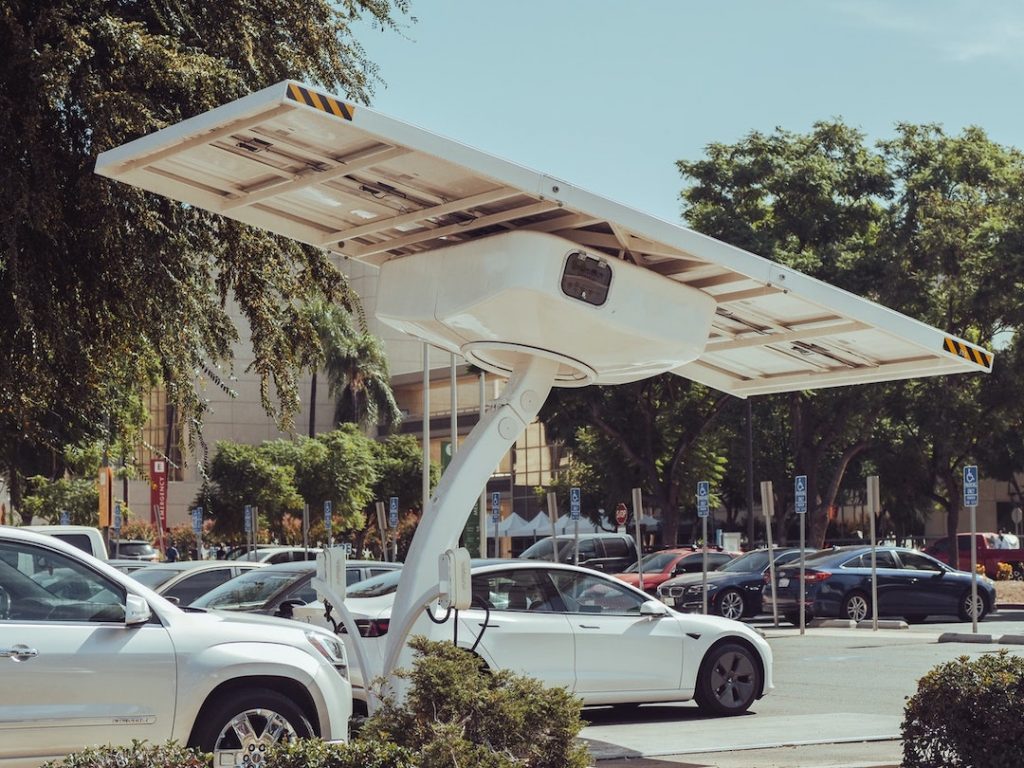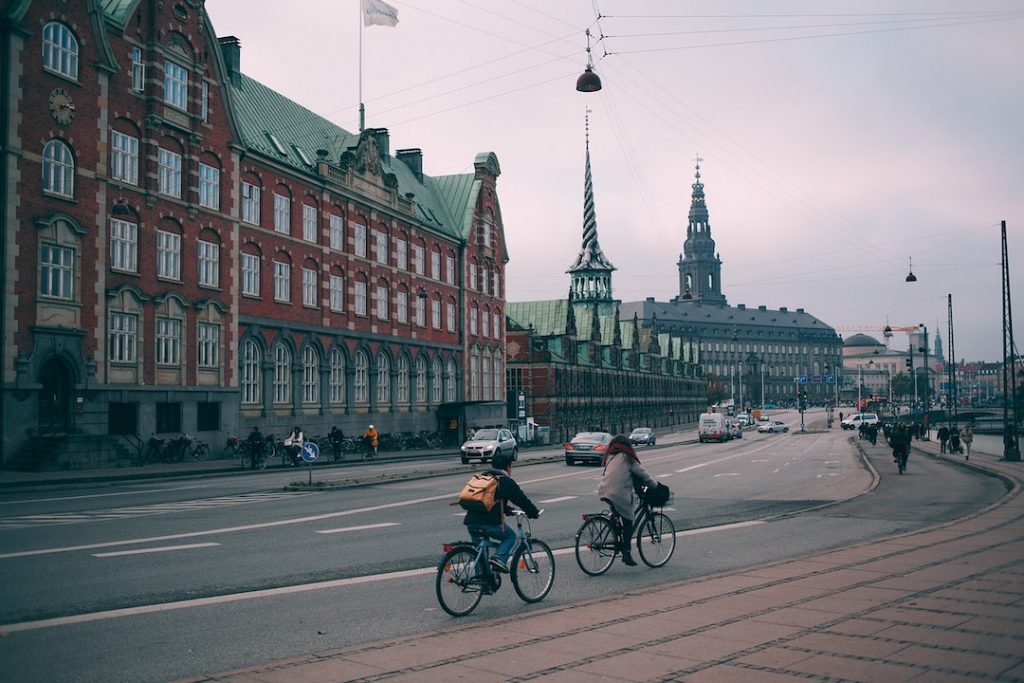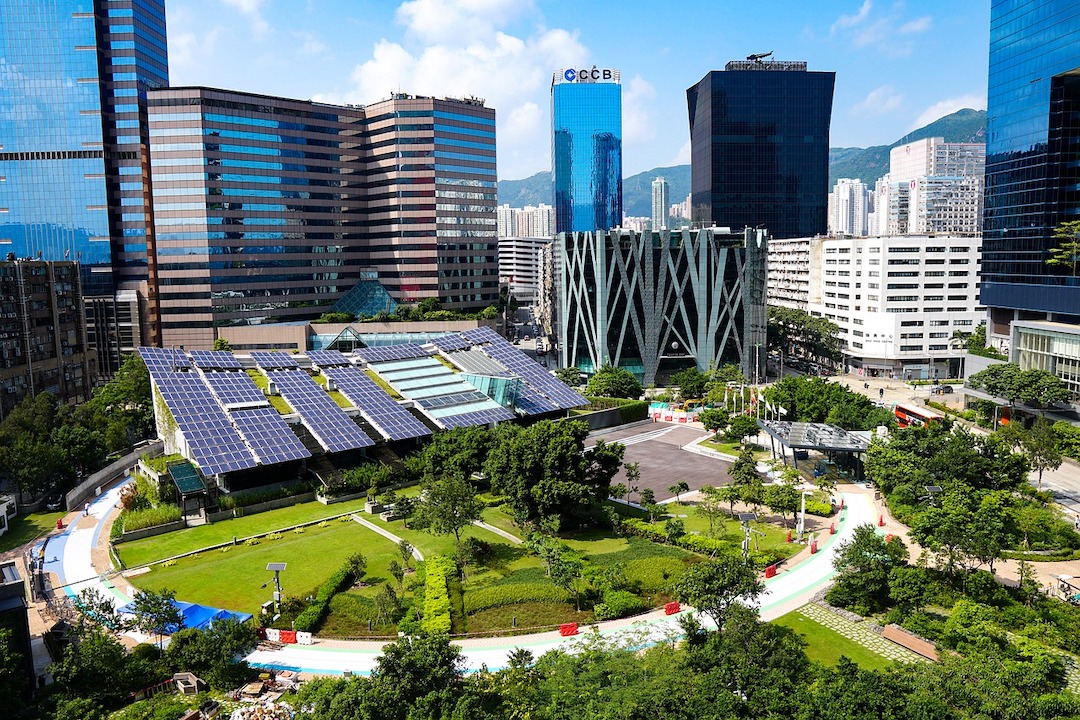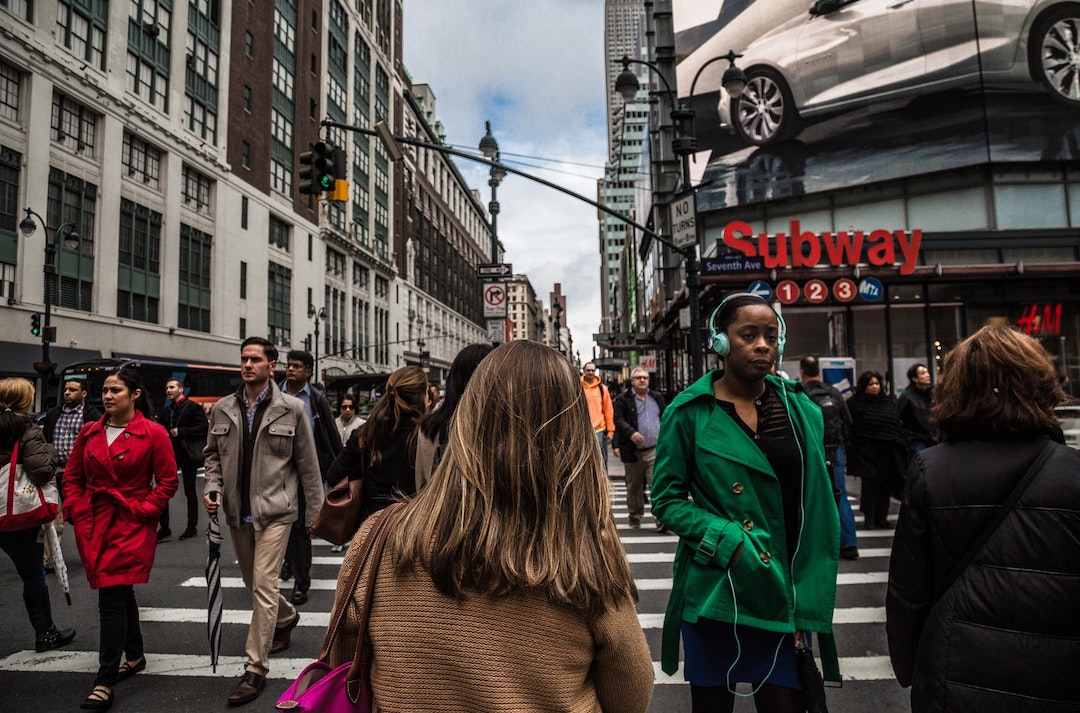Over half of the world’s population has decided to ditch village life in favor of moving to cities and metropolitan areas, driven by the allure of job opportunities and an abundance of facilities. However, this rapid urbanization is not without consequences for the environment. Air pollution, overburdened infrastructure, and chains of unhealthy fast foods have turned the dream of living in a big city into a nightmare for our health and planet. With this realization in mind, more and more cities have pledged to adopt and implement a sustainable plan of development for the years to come.
What Makes a City Sustainable?
The concept of a sustainable city integrates into its practices an eco-friendly mindset, with the ultimate goal of achieving sustainability in three important areas – social, economic, and environmental. Although cities occupy only 3% of the land available on Earth, they consume approximately 70% of their energy resources. So, in order to achieve a balance, cities need to be designed differently with a focus on inclusivity, reducing waste and carbon emissions, and investing in clean technology.
Clean technology is the driving force behind our plans to improve the world by reducing the use of natural resources. Cleantech and IoT work hand in hand, supporting our sustainable initiatives. You can find these technologies in a variety of industries, from manufacturing and logistics to agriculture and construction. Renewable energy systems like wind, solar and hydro are the best examples of cleantech, however, there are others that we are more familiar with, such as electric vehicles, smart home systems, or everyday eco-friendly products.

Cities that are on their way to becoming sustainable have tapped into a few key areas already. Infrastructure is a great example of a work in progress that can reduce air pollution. Besides introducing more renewable transportation options, cities need to plan a different structure that will make walking or cycling easier.
Moreover, there are many other industries that are trying their best to become sustainable, converting their sales from physical store purchases to that of eCommerce with considered packaging/delivery options. A prime example of this in action is the gaming industry, or more specifically, the online casino industry, which has progressively moved its slot games into the online space. Though brick-and-mortar establishments still exist and remain beloved venues for entertainment, online casinos have endeavored to offer many of their most popular gaming titles online, offering players the choice of their favorite games from the convenience of their own homes, via any online device. This shift reduces the overall carbon footprint and the waste caused by running a physical business.
Examples of Sustainable Cities
European cities have been inhabited for centuries, therefore achieving sustainability there requires thoughtful and careful planning, so as to prevent any harm done to architectural and cultural heritage. With that aside, many European cities have managed to meet the UN sustainable development targets and can easily be added to a list of the greenest cities in the world. Some of the most well-known green destinations in Europe include the capital of Denmark, Copenhagen, which is also considered the greenest city in the world, Zurich in Switzerland, a country known for its stance on the environment, and Amsterdam in the Netherlands, one of the first cities to implement sustainability measures.

Meanwhile, cities around the US are also fighting for the environment. The best example is San Francisco, which has ranked as the sixth most sustainable city in the world. Local authorities there have done their best to maintain the city’s reputation by implementing strict recycling laws and waste management strategies. It is the first city in the US to ban the use of plastic and one of the easiest cities to travel car-free.
In order to change our cities, we need advanced, green technology that can help us turn away from industrial society and move towards a greener future. Many cities have adopted sustainable ideas to achieve targets for 2030, which include goals like safe access to green and public spaces, improving transport systems, and enhancing inclusive and sustainable urbanization.










